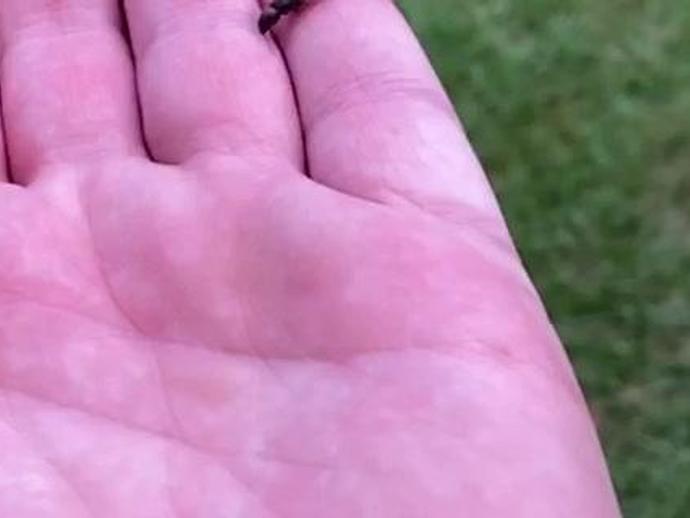July 7, 2021
It's time for today's edition of #BenInNature presented by our friends at Carter Bank & Trust!
Yesterday we looked at Alaus oculatus, the eastern eyed click beetle, which is one of the largest click beetles in North America. The click beetle in this slow-motion video is much smaller, but I thought it would serve as an excellent example of how click beetles get their name!
Click beetles belong to the family Elateridae, and one of the things they have in common is their unique defensive mechanism. If touched or threatened, click beetles will tuck in their legs and bend their head and thorax (middle body segment) forward. There's a little spine on the thorax that fits neatly into a notch on the abdomen, locking the click beetle in place. Once the click beetle releases the spine from the notch, the potential energy is rapidly released with an audible click, the thorax and head snap back into place, and the force sends the click beetle flying! In addition to startling potential predators, this defense mechanism helps click beetles right themselves if they end up on their backs.
ABOUT #BenInNature
Social distancing can be difficult, but it presents a great opportunity to become reacquainted with nature. In this series of posts, Administrator of Science Ben Williams ventures outdoors to record a snapshot of the unique sights that can be found in the natural world. New updates are posted Monday - Friday, with previous posts highlighted on the weekends. This series of posts is made possible thanks to the support of VMNH Corporate Partner Carter Bank & Trust (www.cbtcares.com).
NATURE PHOTO IDENTIFICATIONS
If you discover something in nature that you would like help identifying, be sure to message us right here on Facebook with a picture (please include location and date of picture) and we'll have our experts help you identify it!

 Hours & Admissions
Hours & Admissions Directions
Directions

